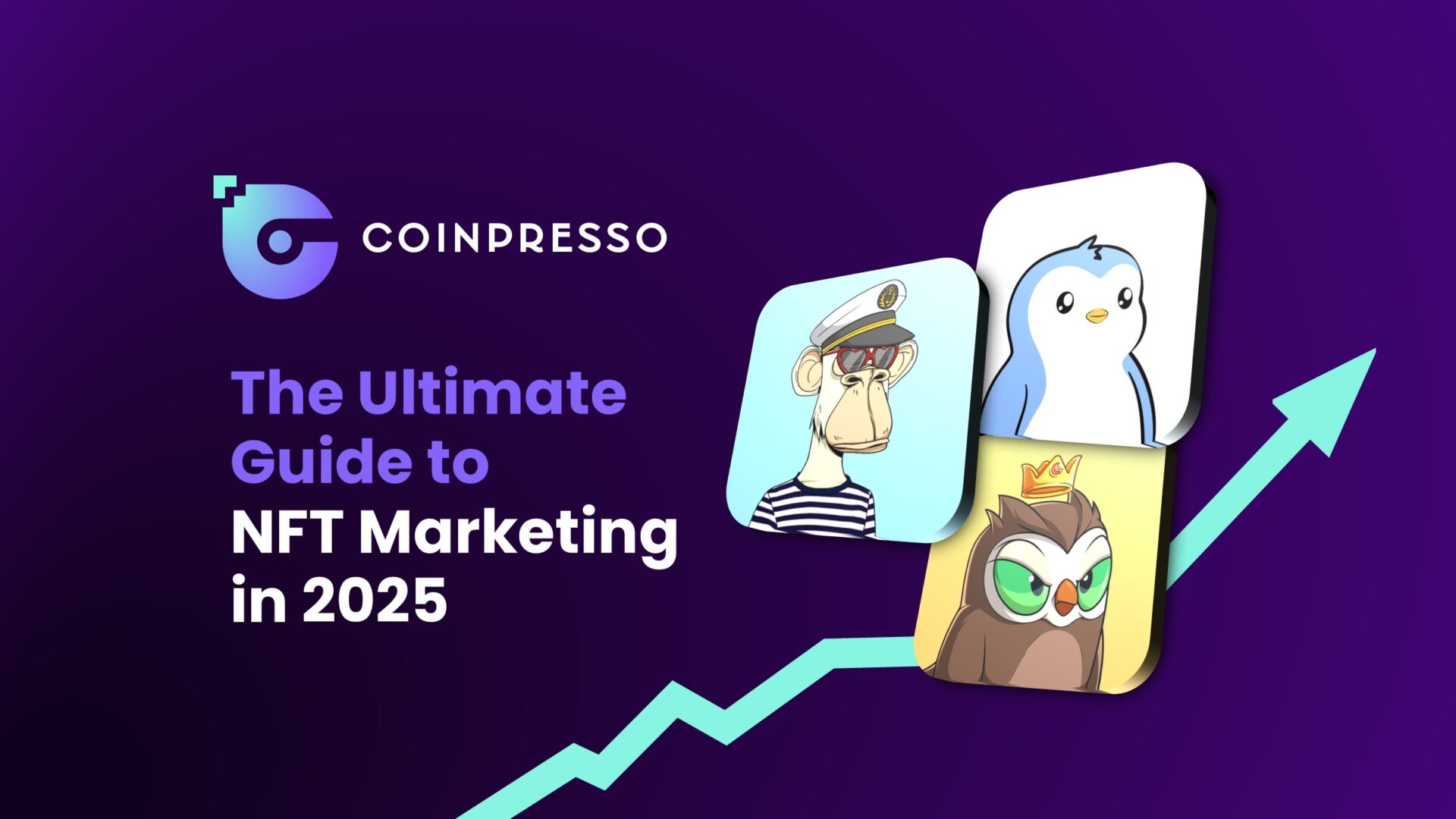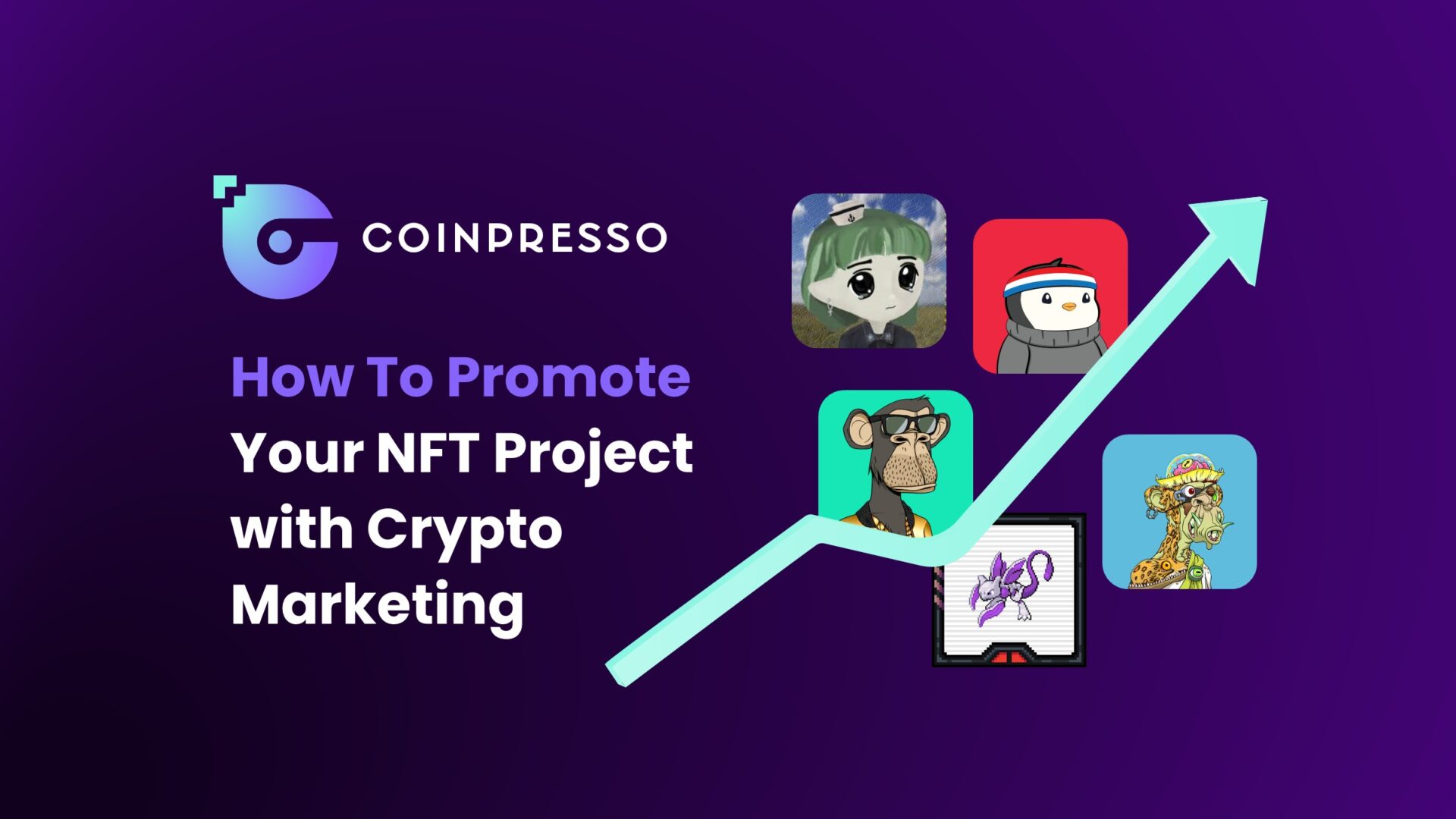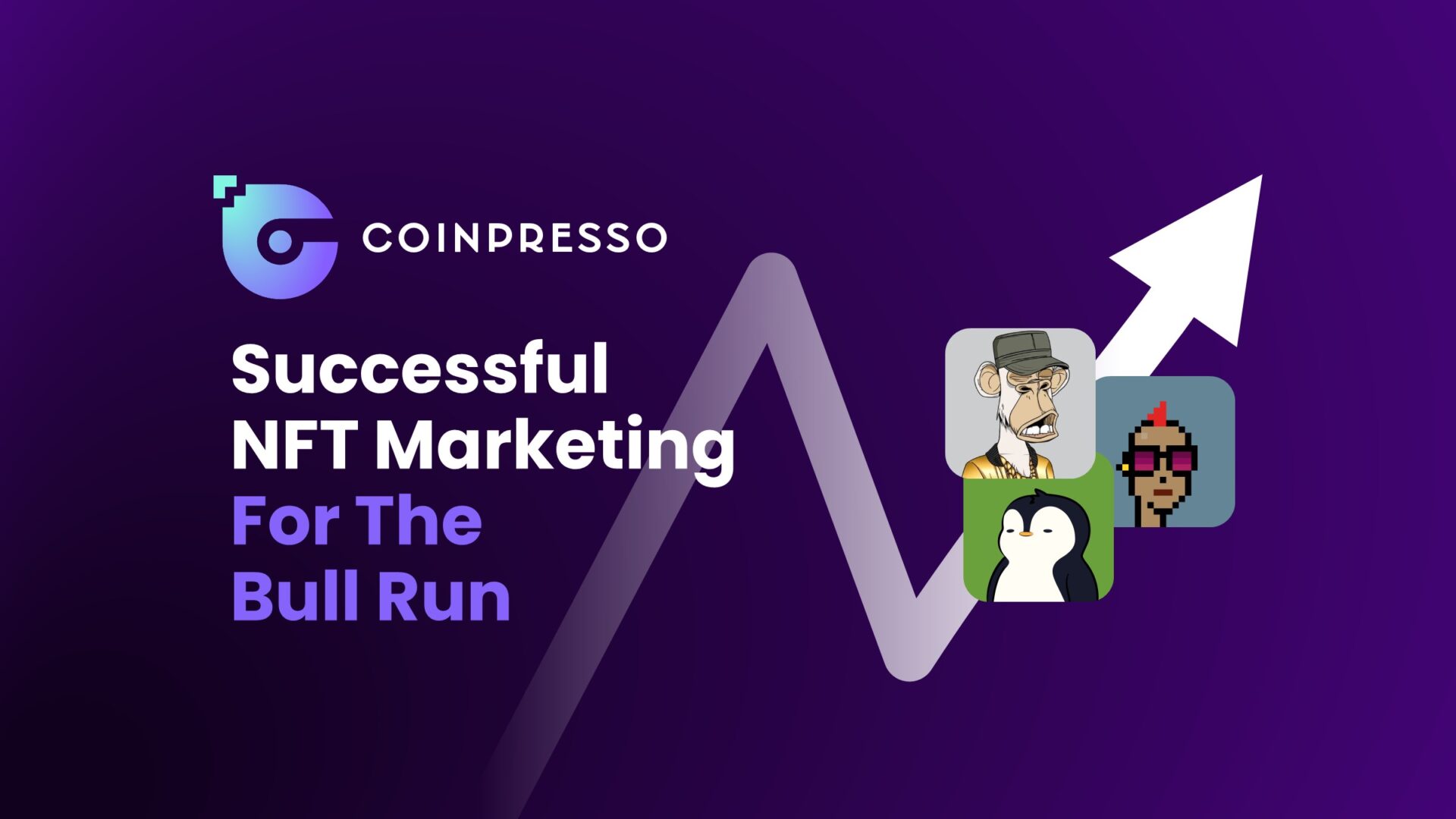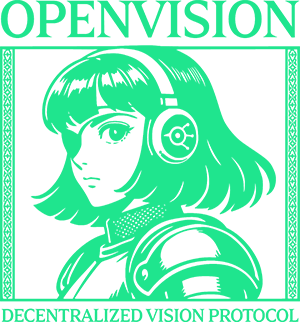
NFTs and social media go together like a happy couple. Traders, investors, and degens are always hunting for the next Bored Ape Yacht Club (BAYC) on platforms like X (formerly Twitter), TikTok, Telegram, and Instagram. Blue-chip projects like Azuki, Pudgy Penguins, and OkayBears have spent massive sums of money on their social media campaigns, seemingly paying off.
This guide will delve into the key crypto marketing strategies and tactics that NFT projects can employ on social media in 2025. We'll explore how to create engaging content, build communities, leverage influencers, use SEO, and implement paid advertising.
The Role of Social Media in NFT Marketing
Social media platforms offer a direct line to potential buyers, collectors, and enthusiasts, serving as the primary channels for NFT discovery, discussion, and promotion. A well-crafted crypto social media marketing strategy can amplify an NFT project's reach, increase engagement, and ultimately drive sales.
Platforms like Twitter, Instagram, and Discord are where NFT trends emerge and communities congregate. Consistent, high-quality content keeps a project top-of-mind and attracts new followers. Eye-catching visuals, engaging storytelling, and strategic use of hashtags can further boost visibility and draw attention to the project's unique offerings.
Social media is not just a broadcasting platform; it's a two-way street. Active engagement with the community is essential for building relationships. Projects can host AMAs (Ask Me Anything) sessions to answer questions and provide insights directly from the team.
The Importance of Building an NFT Social Media Community
Building a robust, engaged community is the bedrock of any successful NFT project. It's more than just a group of buyers; it's a network of advocates who promote the project, provide invaluable feedback, and drive organic growth.
Examples of Successful NFT Communities:
- Bored Ape Yacht Club (BAYC): BAYC's exclusive Discord server creates a sense of belonging through member-only events, collaborative projects, and a strong emphasis on community identity. This has created a loyal following that actively participates in the project's growth and development.
- Doodles: The Doodles community is known for its active Twitter presence, where members regularly share their artwork, engage in discussions, and participate in community-driven initiatives. The project's focus on inclusivity and creativity has resulted in a welcoming and vibrant community.
- World of Women: This project has built a strong community around its mission to empower women in the NFT space. The project's Discord server is a hub for discussions, support, and collaboration.
The Role of Community Managers
Professional NFT community management is crucial for growing NFT communities. They moderate discussions, organize events, create engaging content, and create a positive environment where members feel valued and heard. Their expertise in community building can be the difference between an active community and a disengaged one.
Strategies for Community Building:
- Regular Communication: Keep the community updated on project developments, upcoming events, and milestones.
- Exclusive Perks: Offer community members exclusive access to content, events, or merchandise to create a sense of belonging.
- Gamification: Introduce elements of gamification, such as challenges, rewards, and leaderboards, to encourage participation and engagement.
- Collaboration: Partner with other NFT projects or brands to cross-promote and expand your reach.
Doodles is a good example of an NFT project that has built a massive social media presence. Source: X
Leveraging NFT Influencers and Partnerships
NFT influencer marketing has become a cornerstone strategy for projects seeking to reach a wider audience. During bull runs, the sheer number of projects being launched makes it hard to get the market's attention; collaborating with influential figures in the NFT space can significantly boost a project's visibility and, ultimately, its value.
When selecting influencers, choosing those who align with the project's values and target audience is crucial. Factors like reach (number of followers), engagement rate (likes, comments, shares), and content style (informative, entertaining, etc.) should be considered. Micro-influencers, with smaller but highly engaged audiences, can effectively reach niche communities and drive authentic engagement.
Blue-chip NFT projects often partner with crypto marketing agencies to gain access to relevant influencers. Yam Karkai, the founder and artist behind the World of Women NFT collection, is an example of an influential figure who has used her platform to promote the project and build a strong community around it. Her active social media presence, her artistic talent, and her advocacy for women in the NFT space have helped World of Women achieve significant success.
NFT projects that are just starting out and don’t have the same access as established projects often employ crypto influencer marketing specialists, as this allows them to gain access to leading figures who may normally only be interested in blue chips.
Creating High-Quality Content for NFT Socials Campaigns
Compelling content is the cornerstone of successful NFT social media marketing. It goes beyond simply promoting an NFT project; it's about storytelling, education, and community building. High-quality content showcases the artistic or utility value of an NFT project, establishing the project's credibility and connection with potential collectors.
In the NFT space, content can take many forms. Engaging social media posts can create buzz and drive conversation. These posts can feature sneak peeks of upcoming NFTs, behind-the-scenes glimpses into the creative process, or interactive polls and questions that encourage community participation. Short-form videos, such as those on TikTok or Instagram Reels, can quickly capture attention and showcase the project's personality in a fun and creative way.
To ensure social media content resonates with the target audience, partnering with expert crypto copywriting teams is common. These professionals understand the nuances of the crypto and NFT community and can craft informative, engaging, and shareable posts. They can also help develop a consistent brand voice and messaging that aligns with the project's overall goals.
Blogs and articles offer a deeper dive into the project's concept, inspiration, and roadmap, providing valuable insights to potential investors and collectors. These long-form pieces can also be used to educate the audience about the broader NFT landscape and position the project as a thought leader in the space.
High-quality content will create a strong brand identity, establish trust, and cultivate a loyal community on social media. Engaging, informative, and shareable content sparks conversations, attracts new followers, and ultimately drives trading volume.

Social Media Growth with Programmatic NFT Ads
Programmatic advertising offers an effective albeit slightly complex way to improve an NFT project’s social media presence. It helps NFT projects due to its ability to reach users based on their online behavior and interests related to crypto and digital art. By utilizing algorithms to target specific audiences in real-time, programmatic advertising optimizes ad delivery for maximum efficiency and impact.
The success of any paid advertising campaign on social media hinges on compelling ad copy and visuals:
- Concise, informative messaging: Highlights the unique benefits and value proposition of the NFT project.
- Clear calls to action: Encourage users to click and explore further.
- Visually appealing graphics and videos: Capture attention and communicate the project's message effectively.
Exciting compliant paid advertising campaigns for NFTs can be challenging due to complex and varying regulations. Social media platforms have strict advertising policies specific to cryptocurrencies and blockchain projects. To ensure campaigns are compliant and avoid potential pitfalls, many NFT projects partner with agencies specializing in crypto marketing. These agencies have the expertise to adhere to new regulations and ensure campaigns reach their full potential without encountering legal issues.
Final Thoughts on the Importance of Social Media Marketing for NFTs
The success of any NFT project hinges on a well-crafted social media marketing strategy. Leading projects like BAYC, Doodles, and World of Women have demonstrated the power of community building, influencer marketing, and high-quality content in creating a loyal following and driving organic growth.
New projects entering the market must prioritize these aspects to achieve similar success. Investing in expert content creation, building an engaged community, and leveraging the reach of influencers are all essential components of a successful NFT marketing campaign. Furthermore, paid advertising, particularly through programmatic channels, can significantly amplify visibility and reach a broader audience, provided regulatory compliance is carefully considered.



































